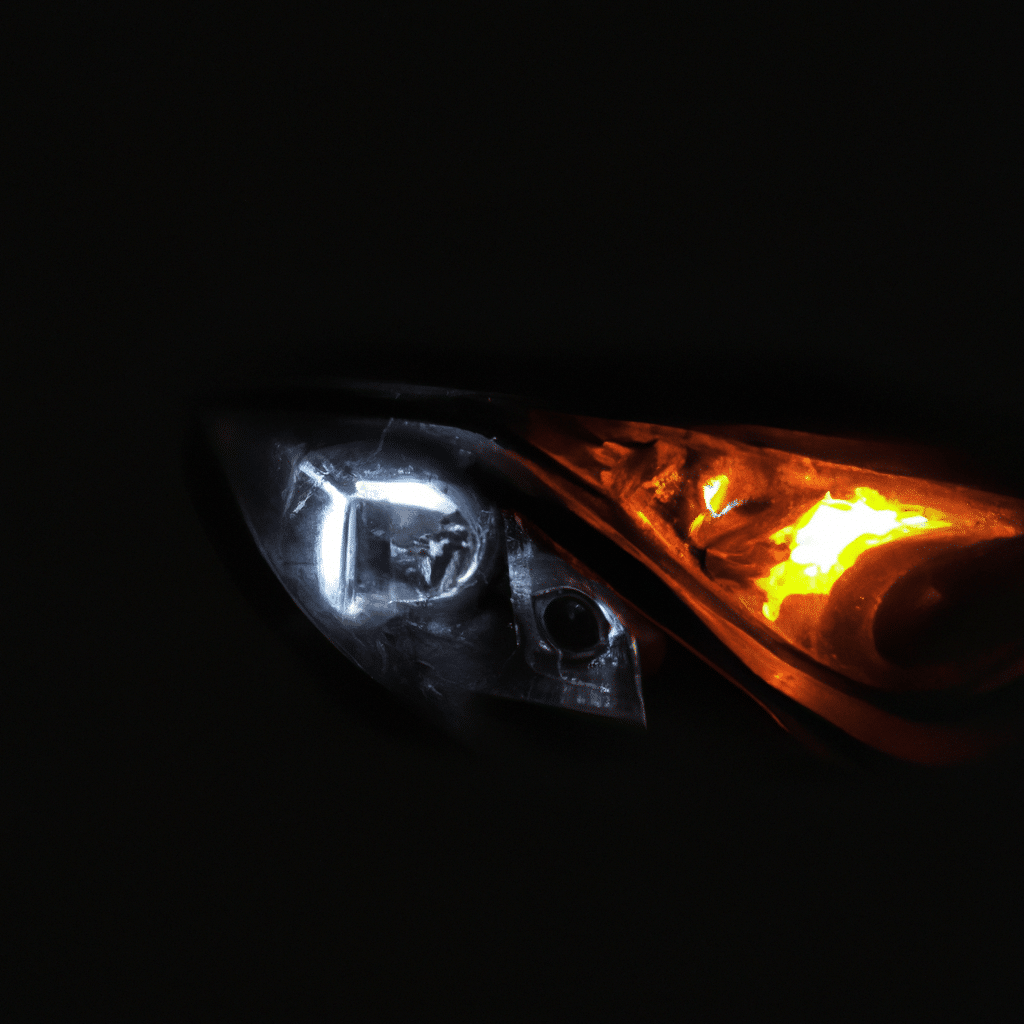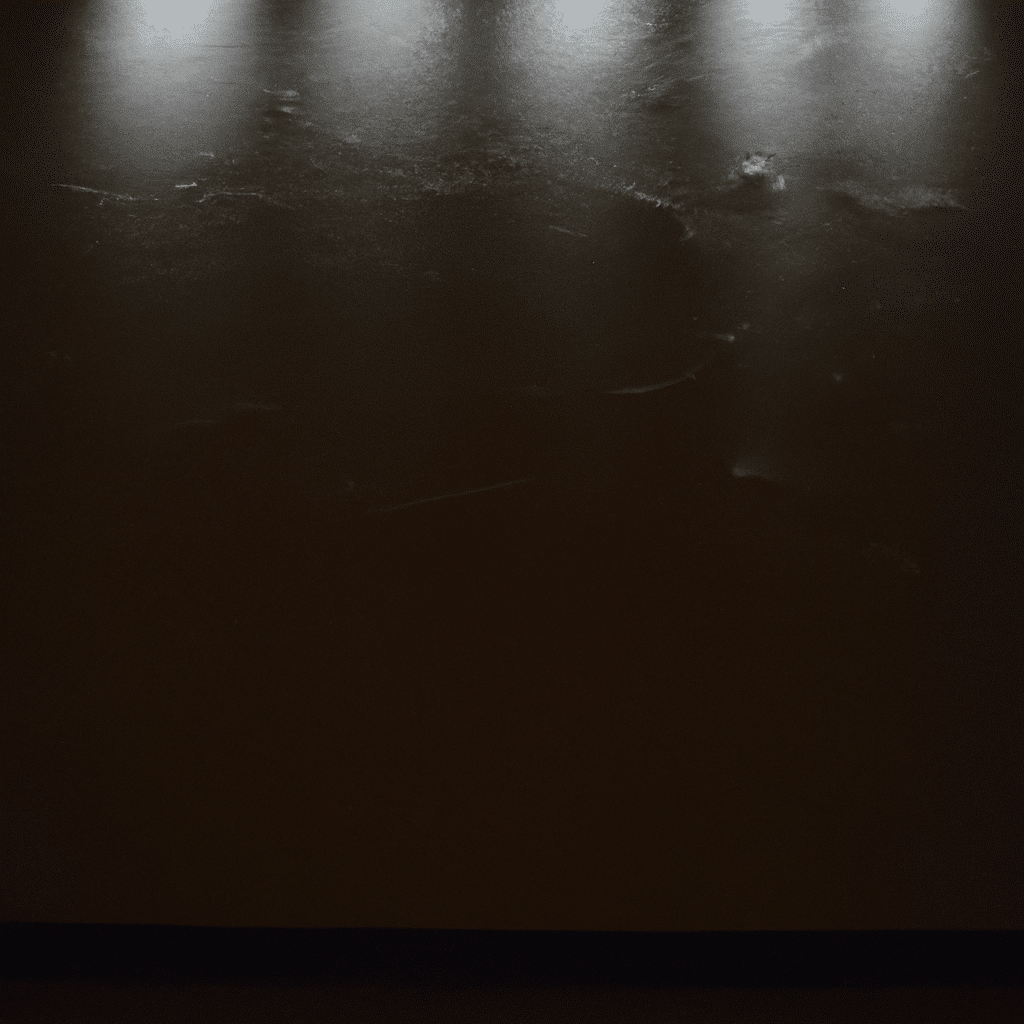Are you tired of dealing with constant migraines and headaches? Are you searching for a solution that is not only effective but also environmentally friendly? Look no further! In this comprehensive article, we will delve into the hidden benefits of LED lighting and how making the switch can potentially alleviate your migraine and headache symptoms. With our detailed analysis and expert insights, you’ll gain a deeper understanding of how LED lighting can positively impact your overall well-being. So, let’s shed some light on this fascinating topic!
Understanding Migraines and Headaches
Before we explore the benefits of LED lighting, it’s important to understand the nature of migraines and headaches. Migraines are severe headaches characterized by intense throbbing or pulsing sensations, usually affecting one side of the head. They are often accompanied by symptoms such as nausea, vomiting, and sensitivity to light and sound. On the other hand, headaches are more generalized and can vary in intensity and duration.
The Impact of Lighting on Migraines and Headaches
Lighting plays a crucial role in triggering and exacerbating migraines and headaches. Traditional lighting sources, such as incandescent bulbs and fluorescent tubes, emit flickering light and harsh glare that can strain the eyes and trigger migraines. Moreover, the color temperature of these lighting sources can also have a significant impact. Warm white light, often associated with incandescent bulbs, can create a soothing and relaxing ambiance. However, it can also cause eye strain and trigger migraines in some individuals.
Introducing LED Lighting and its Benefits
LED (Light Emitting Diode) lighting has gained immense popularity in recent years due to its numerous advantages. Unlike traditional lighting sources, LED lights emit a steady, flicker-free light that is gentle on the eyes. This feature alone can significantly reduce the risk of migraines and headaches. LED lights are also available in a wide range of color temperatures, allowing you to customize your lighting environment to suit your needs. By opting for a cooler color temperature, such as daylight white, you can create a vibrant and energizing atmosphere without straining your eyes.
The Role of Blue Light in Migraines
Blue light has been a topic of much debate in recent years. Some studies suggest that exposure to blue light, particularly in the evening, can disrupt our sleep-wake cycle and contribute to migraines and headaches. LED lights can be equipped with advanced filtering technology to reduce the emission of blue light, providing a more soothing and migraine-friendly lighting experience. By choosing LED lights with blue light filtering capabilities, you can minimize the potential triggers for your migraines and headaches.
Energy Efficiency and Longevity
LED lighting is not only beneficial for your health but also for the environment and your wallet. LED lights are highly energy-efficient, consuming significantly less electricity compared to traditional lighting sources. This translates into lower energy bills and a reduced carbon footprint. Additionally, LED lights have an impressive lifespan, lasting up to 25 times longer than incandescent bulbs. This longevity not only saves you money on replacements but also reduces the amount of waste generated by discarded bulbs.
Creating a Migraine-Friendly Lighting Environment
Now that you are aware of the benefits of LED lighting, let’s explore how you can create a migraine-friendly lighting environment in your home or workplace. Here are some practical tips to get you started:
1. Opt for LED Bulbs and Fixtures
Replace your existing incandescent bulbs and fluorescent tubes with LED alternatives. Ensure that the LED lights you choose have a high Color Rendering Index (CRI) for accurate color representation and a low flicker index to minimize eye strain.
2. Consider Color Temperature
Experiment with different color temperatures to find the one that suits you best. Cooler color temperatures, such as daylight white, are often preferred by individuals prone to migraines and headaches.
3. Use Dimmers and Smart Lighting
Take advantage of dimmers and smart lighting systems to adjust the intensity and color temperature of your LED lights according to your needs. This flexibility allows you to create a personalized lighting environment that promotes relaxation and reduces migraine triggers.
4. Minimize Glare and Reflections
Position your LED lights strategically to minimize glare and reflections. Use lampshades, diffusers, or adjustable fixtures to direct the light where you need it without causing discomfort.
5. Create a Dark Environment for Sleep
Avoid exposure to bright lights, including LED lights, before bedtime. Create a dark and relaxing environment by using blackout curtains or blinds to promote better sleep and minimize the risk of nocturnal migraines.
6. Seek Professional Advice
If you experience frequent migraines and headaches, it’s always a good idea to consult with a healthcare professional or a lighting specialist. They can provide personalized recommendations based on your specific needs and help you create a migraine-friendly lighting plan.
In Conclusion
LED lighting offers a myriad of hidden benefits, particularly for individuals who suffer from migraines and headaches. By making the switch to LED lights and adopting a migraine-friendly lighting environment, you can potentially alleviate your symptoms and improve your overall quality of life. From reducing eye strain to minimizing blue light exposure, LED lighting provides a sustainable and effective solution. So, why wait? Start exploring the world of LED lighting and uncover the hidden benefits today!



